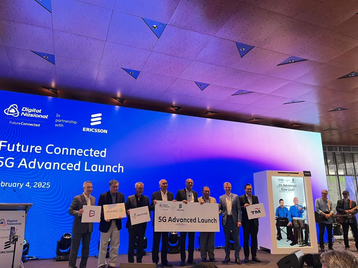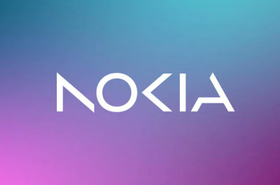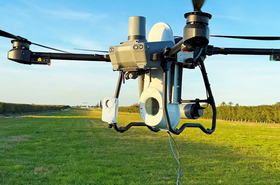Ericsson has launched 5G Advanced on the Digital Nasional Berhad's (DNB) national 5G network in Malaysia.
According to the vendor, 5G Advanced will enable the DNB to leverage technologies such as AI and Machine Learning (ML).
The DNB launched its 5G network back in 2023 after it was set up by the country's previous government.
Ericsson's 5G Advanced network includes 5G RedCap (Reduced Capability), which is able to support enterprise IoT use cases, where it can extend battery life and reduce complexity for devices like wearables and industry sensors.
The vendor along with DNB demonstrated the potential of 5G Advanced this week, when at the launch event, a live music band performed seamlessly, with the members of the band split across two different locations.
Ericsson notes the demonstration paves the way for other potential use cases, such as remote surgery and immersive education.
"With 5G Advanced, DNB aims to help accelerate the digitalization journey of enterprises working with our access seekers in sectors such as manufacturing, healthcare, logistics, oil and gas, agriculture, and tourism with advanced tools to innovate and deliver superior products and services," said DNB CEO, Datuk Azman Ismail.
Launched in 2021, two years before its 5G network went live, the DNB has seen its network heavily scrutinized by Ibrahim's administration over claims of transparency issues. This led Ibrahim's administration to review the DNB's plan for a state-owned 5G network, with the DNB quite clear that it was to be the only 5G network in the country.
Malaysia's Ministry of Finance holds a 30 percent stake in DNB, with the rest split between four of the country's operators: Telekom Malaysia, Maxis, YTL, and CelcomDigi.
Indeed, a second 5G network was given the go-ahead to challenge the DNB's 5G network. The contract for that was awarded to another Malaysian operator, U Mobile, which stated last month that it intends to complete its 5G network rollout by mid-2026.
As of the end of last year, Malaysia has 18.2 million 5G service subscriptions, representing a 53.4 percent adoption rate.







